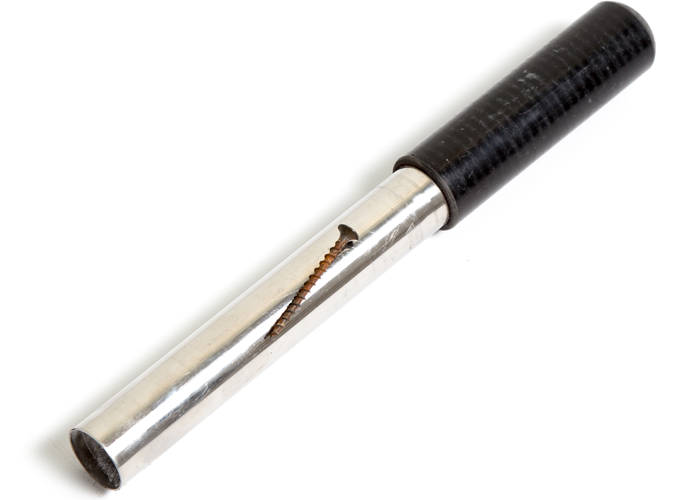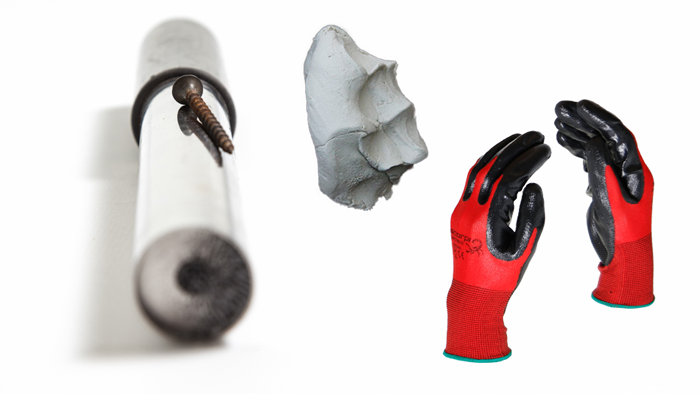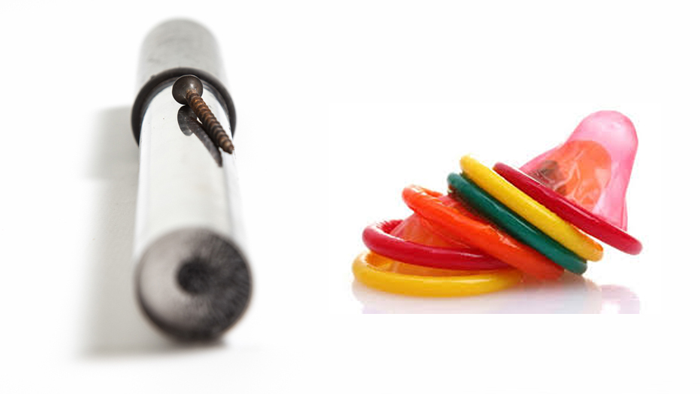Health and safety issues when cleaning magnetic separators
- Like
- Digg
- Del
- Tumblr
- VKontakte
- Buffer
- Love This
- Odnoklassniki
- Meneame
- Blogger
- Amazon
- Yahoo Mail
- Gmail
- AOL
- Newsvine
- HackerNews
- Evernote
- MySpace
- Mail.ru
- Viadeo
- Line
- Comments
- Yummly
- SMS
- Viber
- Telegram
- Subscribe
- Skype
- Facebook Messenger
- Kakao
- LiveJournal
- Yammer
- Edgar
- Fintel
- Mix
- Instapaper
- Copy Link
Posted: 20 June 2017 | Bunting Magnetics | 1 comment
Bunting Magnetics discuss health and safety of cleaning strong Rare Earth magnetic separators, as part of the UK’s Food Safety Week (19 – 23 June 2017)…


To mark the UK’s Food Safety Week (19th – 23rd June 2017), Bunting Magnetics review the health and safety issues of cleaning strong Rare Earth magnetic separators.
After a Magnetic Separator has done the job of capturing potentially damaging items of ferrous metal, it will need cleaning. However, due to the high magnetic power, cleaning metal off a Magnetic Separator is becoming increasing difficult and can be a serious health and safety concern.
One of the most used Magnetic Separators is the Cartridge or Tube Magnet. The diameter of the tube is commonly 1 “ or 25.4mm and the length can vary enormously. They are used in a wide range of Magnetic Separator designs such as Drawer and Grate Magnets and can be supplied in a range of strengths for different applications such as:
Ferrite – The lowest strength and good for general tramp iron such as nuts and bolts
Rare Earth – The strongest magnet and is ideal for fine ferrous contamination and abraded stainless steel;
A common problem for users of high strength, Rare Earth Tube Magnets is cleaning. The magnetic field is so strong that removing captured metal from the surface of the Tube Magnet can be very difficult and a health and safety risk. So how can the captured metal be removed? Here are a few examples, some of which may be a little unorthodox:
- Use a heavy cloth and push the captured metal along the tube surface to the non-magnetic end where it will then discharge. A heavy cloth is recommended as shards of metal may penetrate the cloth;
- Use heavy duty gloves and a similar technique to the heavy duty cloth, although using PPE for such applications should be discussed with your Health and Safety Officer;
- Use putty or a similar substance as the metal on the surface of the Tube Magnet becomes embedded in the putty. You may need to move the putty along the Tube surface from points of high to low magnetic intensity;


- Fit a condom or rubber sleeve over the Tube Magnet before installing into the process line. Metal is captured on the outside of the condom or rubber sleeve and when it is rolled off the Tube Magnet, the metal is removed at the same time;


Techniques that are not recommended are:
- Using high pressure water. This may move metal around the surface of the Tube Magnet from the point where the water is striking the surface to the opposite side, but does not effectively clean the magnet;
- Using high air pressure, where the same problem as with high pressure water occurs;
- Using high pressure water and air also poses health and safety risks;
- Rubbing metal off with an unprotected hand. This can result in injury with metal becoming embedded in the surface of the skin;
Cleaning the Cartridge or Tube Magnet is important as it ensures that optimum separation performance is maintained. Any cleaning process will need discussion with your Health & Safety Officer and we provide free help and support. For further details on cleaning or on the range of Magnetic Separators and Metal Detectors supplied by Bunting, please contact our technical sales team on:
call us on +44 1442 875081









Thank you for this information! There does seem to be a lot of health issues with these products. Hopefully a solution can be found because the importance of magnetic separators often goes unnoticed or taken for granted!